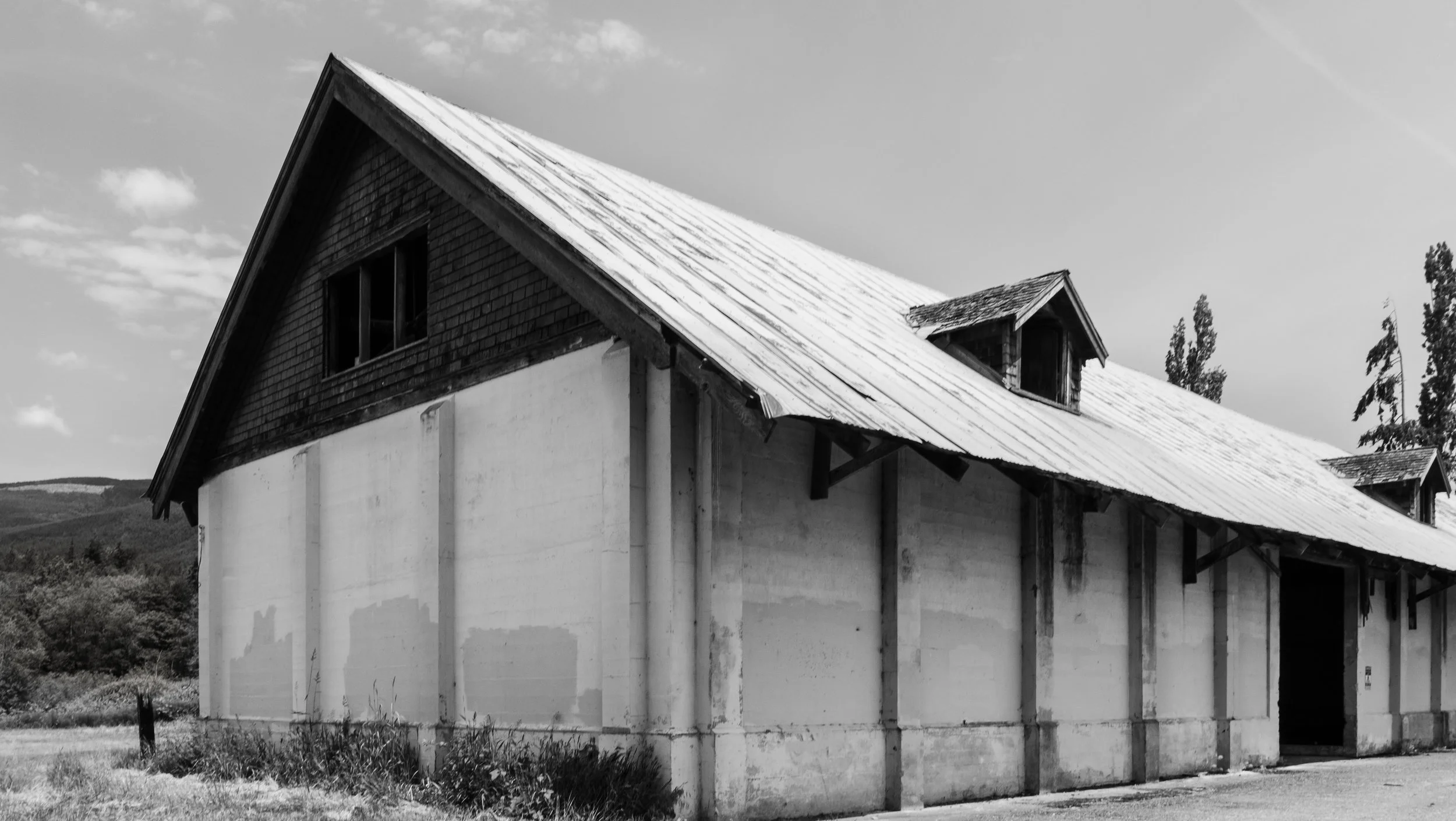/
1
2
3
4
5
6
7
8
9
10
11
12
13
14
15
16
17
18
19
20
21
22
23
24
25
26
27
28
29
·
·
·
·
·
·
·
·
·
·
·
·
·
·
·
·
·
·
·
·
·
·
·
·
·
·
·
·
·























![“These [hospital] designs were based, wherever possible, on providing expansive outlooks and verdant surrounds that made clear separations from ‘the outside world.” Arleyn Levee](https://images.squarespace-cdn.com/content/v1/57127448e707eb7f22afc121/1528837976947-IEXFNM7FE2E4OZZBRCNN/Preservation+Portfolio-24.jpg)




